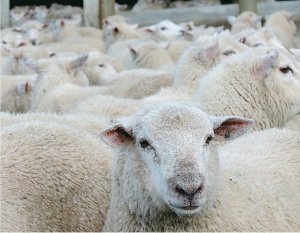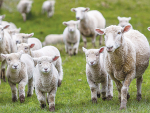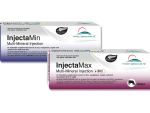He and wife Ava have lifted Parihohonu Station to incredible heights since they took over the farm in 1961, a fact reflected in their winning Federated Farmers’ Gisborne/Wairoa Hill Country Farmer of the Year competition earlier this year.
The station dissects SH2 near the tiny settlement of Otoko, about half way between Gisborne and Opotiki. It’s 750ha (672ha effective) of typical East Coast hill country: fertile sandy loam over various types of sedimentary rock.
The farm was bought by Faram’s grandfather in 1892. His father, a teacher, took over in 1945, employing managers to run the farm and begin the serious development of the property. The wool price boom and advent of aerial topdressing in the early 1950’s were key factors.
“It was a sea of manuka,” recalls Faram. “It wasn’t until the 1950’s when we started using phosphate seriously that we got good growth in pasture. Before that you could cut scrub and the stuff would be coming up behind you next year and you’d have to do it again and again.”
Today, the farm runs 7,300 stock units, split roughly half sheep, half cattle. Last year’s lambing was 153% for ewes, 93% for hoggets. He’s been lambing the latter for five years. Calving percentage from the 226-cow, mainly Hereford/angus herd, was 92%.
The figures are impressive and come from years of hard work, experimentation and research. It’s not a one-off either: judges in the competition noted the consistency of performance on the farm – especially in hard times such as drought.
Faram says a diploma in agriculture at Massey in 1958/59 inspired him to take an innovative approach to farming and instilled in him the value of hybrid vigour. His first move was into Drysdales and Perendales.
“When we started here 80-90% lambing was considered good. With some help from local vets we quickly got to 120% but couldn’t seem to get it any further.”
Introducing East Fresian genetics – “long big sheep that produced milk like nobody’s business” – saw lamb weights take off, and got the % going up again.
Falling wool prices prompted a move to Wiltshire’s to push lamb weights even more.
“We worked out if we improved our lambing percentage by about 2% or the weight of each individual works lamb by 1kg, it equated to loss of wool in terms of income. The Wiltshire was a real meat breed.”
Suffolks have also been used. Now they’re into Coopworths to combat facial eczema.
As well as the ongoing focus on hybrid vigour, he has a ruthless culling policy. Dry ewes at scanning are out, and often single scanners go too. This year’s mixed age ewes scanned 176% and two tooths 172%.
But for all the tweaks to breeding policy, and other innovations, Faram has one key message. “If you want good stock performance you have got to do three things – feed your stock, feed your stock and feed your stock!”

















